V-Ray Next for Rhino, Update 2- Now available!
By Sofia Jaramillo | Visualization
V-Ray for Rhino is a highly accurate renderer for McNeel Rhinoceros, enabling designers to predict and present their design with the highest level of realism and reduce the need of physical prototypes. V-Ray greatly increases Rhino’s ability to handle large scenes and can be used directly within Grasshopper.
V-Ray Next for Rhino is much more than a do-it-all renderer that creates gorgeous images of your designs. It’s also a full suite
of tools to help you accomplish more in Rhino than ever before. V-Ray Next makes it easier to manage everything in your
scene — even the crazy complex ones.
V-Ray Next for Rhino is compatible with Rhino 5 and Rhino 6. V-Ray for Rhino is supported on Windows only.
What’s new?
V-Ray Next for Rhino, update 2 includes support for NVIDIA RTX cards, easier proxy asset and material management, Rhino decals, Grasshopper optimizations and many more new and improved features to help you create great renders.
Supercharge Rhino
Do more in Rhino than ever before
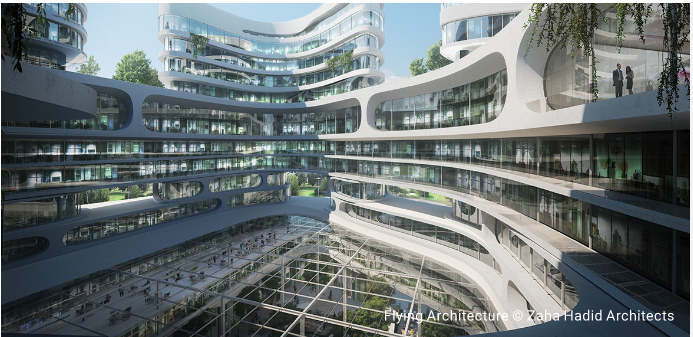
- Power up with scripts. Use Rhino’s Script and Python to program V-Ray Next to do even more for you, like automating scene management or accessing parameters not showing in the UI.
- Color picker temperature. The V-Ray color picker introduces a Kelvin temperature slider, which automatically provides a corresponding RGB color.
- Cryptomatte element. The Cryptomatte render element automatically generates and stores object or material-based masks which can be exported in a multichannel OpenEXR file.
- Depth of field focus animations. You could now render camera focus distance changes in animation.
- Automating snapshots & batch renders. Now V-Ray Batch lets you schedule and render jobs to V-Ray Swarm or Chaos
Cloud, making it easy to render snapshots from the same project or views from multiple Rhino files all at once.
Superior Grasshopper Support
Powerful capabilities that maximize value
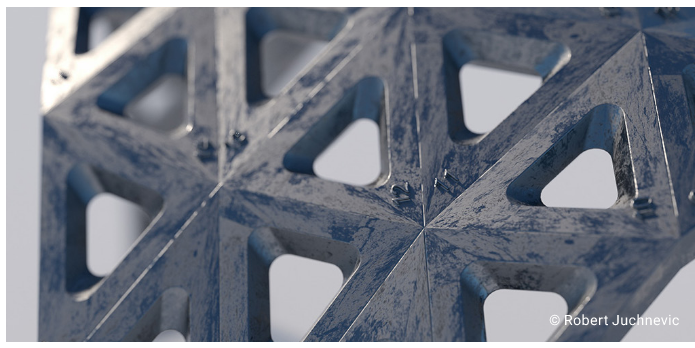
- Proxy Mesh export from Grasshopper. The new V-Ray Exporter component allows you to export animations from Grasshopper.
- Animated sun and cameras in Grasshopper. Now in Grasshopper, you can animate sunlight and cameras using the V-Ray timeline.
- Measuring illumination in Grasshopper. The new lighting analysis render element makes it easy to visualize and evaluate the real-world illumination levels of your Grasshopper scene.
- V-Ray Graph component. This is an advanced value remapping utility component that exposes a bezier curve editor.
- Familiar Grasshopper workflow. Working with V-Ray Next in Grasshopper is simple. You hook up V-Ray components exactly the same as Grasshopper’s native ones.
Powerful Asset Management
Keep track of everything all in one place
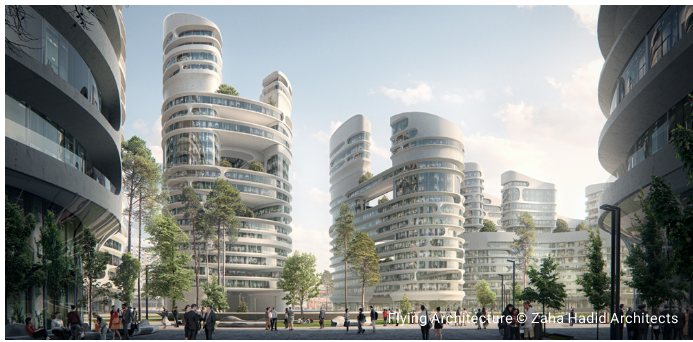
- Universal asset preview. Preview your materials, lights, textures and render elements in a single viewer.
- Drag and drop material assignment. Easily apply materials with a simple drag and drop from the Asset Editor directly onto scene objects or layers.
- UI display levels. Use either the Basic set of asset parameters or activate the Advanced mode to list all options.
- Multi-selection. Select multiple scene or library assets as well as multiple toolbar filters to speed up your workflow.
- Asset outliner. Manage all of your assets including lights, materials, textures, geometry and render elements all in
one place.
Simplified Render Controls
Click less, render more with new and improved UI controls
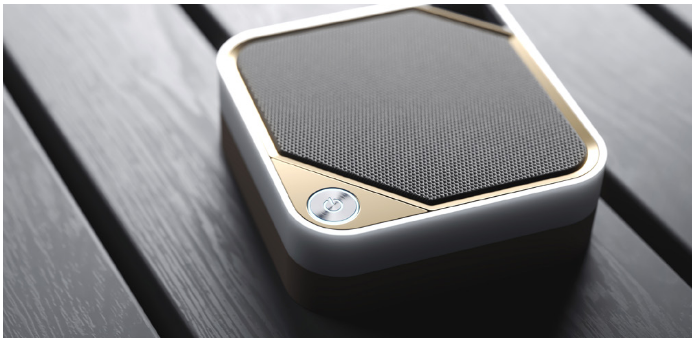
- Simplified render settings. A refined and updated UI makes render setup easier than ever.
- Refined camera controls. A new intuitive layout for the camera controls lets you manipulate the quick and advanced parameters at the same time.
- Custom output resolution. Specify custom pixel resolutions without bothering with the aspect ratio.
Enhanced Lighting Workflows
Get the perfectly exposed image with automatic analysis of your scene
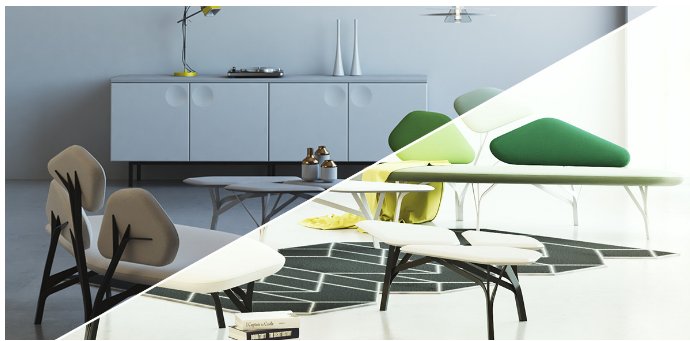
- Automatic exposure & white balance. Capture the perfect exposure every time. The new Auto Exposure and Auto White Balance camera controls make rendering as simple as point and shoot.
- Lighting analysis tool. The new Lighting Analysis render element makes it easy to visualize the real-world illumination (Lux) values of any scene.
- Adaptive Dome Light. Render faster, cleaner and more accurate image-based lighting that’s up to 7x faster.
Next Level Performance
Faster renders across the board
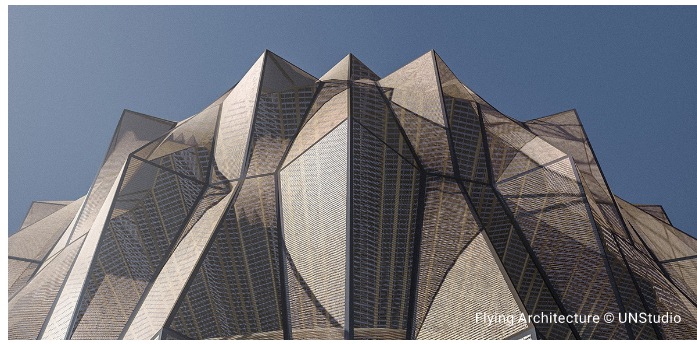
- V-Ray GPU boost. V-Ray for Rhino now supports NVIDIA RTX cards, tapping into the extra ray-tracing hardware acceleration that comes with RTX class GPUs.
- Scene intelligence. Automatically analyzes your scene to optimize rendering so you get the best quality in less time.
- New Light Cache algorithm. The new default hash map Light Cache calculation mode resolves most common artifacts and is optimized and more stable when used in animations.
- Optimized interactive rendering on the CPU. More responsive CPU interactive rendering when editing scene camera, lighting and materials. The Preview Swatch scenes are also modified to resolve more quickly and use fewer CPU resources.
- 2x faster GPU. Cuts rendering time in half again when using GPUs (as compared to V-Ray for Rhino 3.6).
New Denoiser
Get cleaner renders in an instant
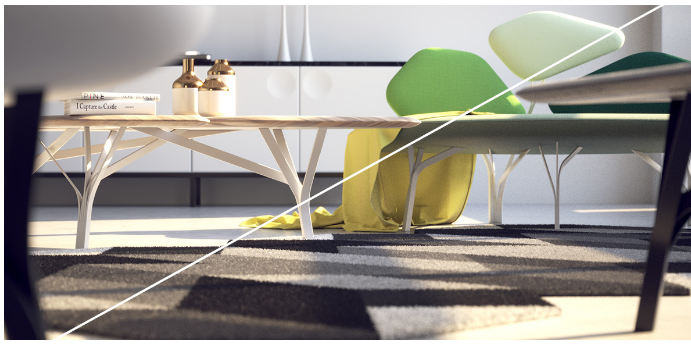
- Viewport rendering and denoising. Look at the denoised image while rendering in the Rhino viewport.
- Quick denoiser engine switch. Switch from V-Ray to NVIDIA AI denoising using a toddle in the Renderer rollout. The Update Effects slider is also located in the Renderer rollout for easy access.
- Denoised render elements. Denoise individual render elements for added control in compositing.
- AI denoiser. With the new NVIDIA AI Denoiser, V-Ray delivers instant feedback with less noise. So you get cleaner images while you design.
If you would like to upgrade your V-Ray 3.0 for Rhino licenses to V-Ray NEXT for Rhino, please contact us at vray@microsolresources.com.
If you are not sure about upgrading your licenses, you can request a free 30-day trial, to get an overview of its new features and functionality. You can test it out with your team and find out how this new version will improve your workflow.
INDUSTRIES:






